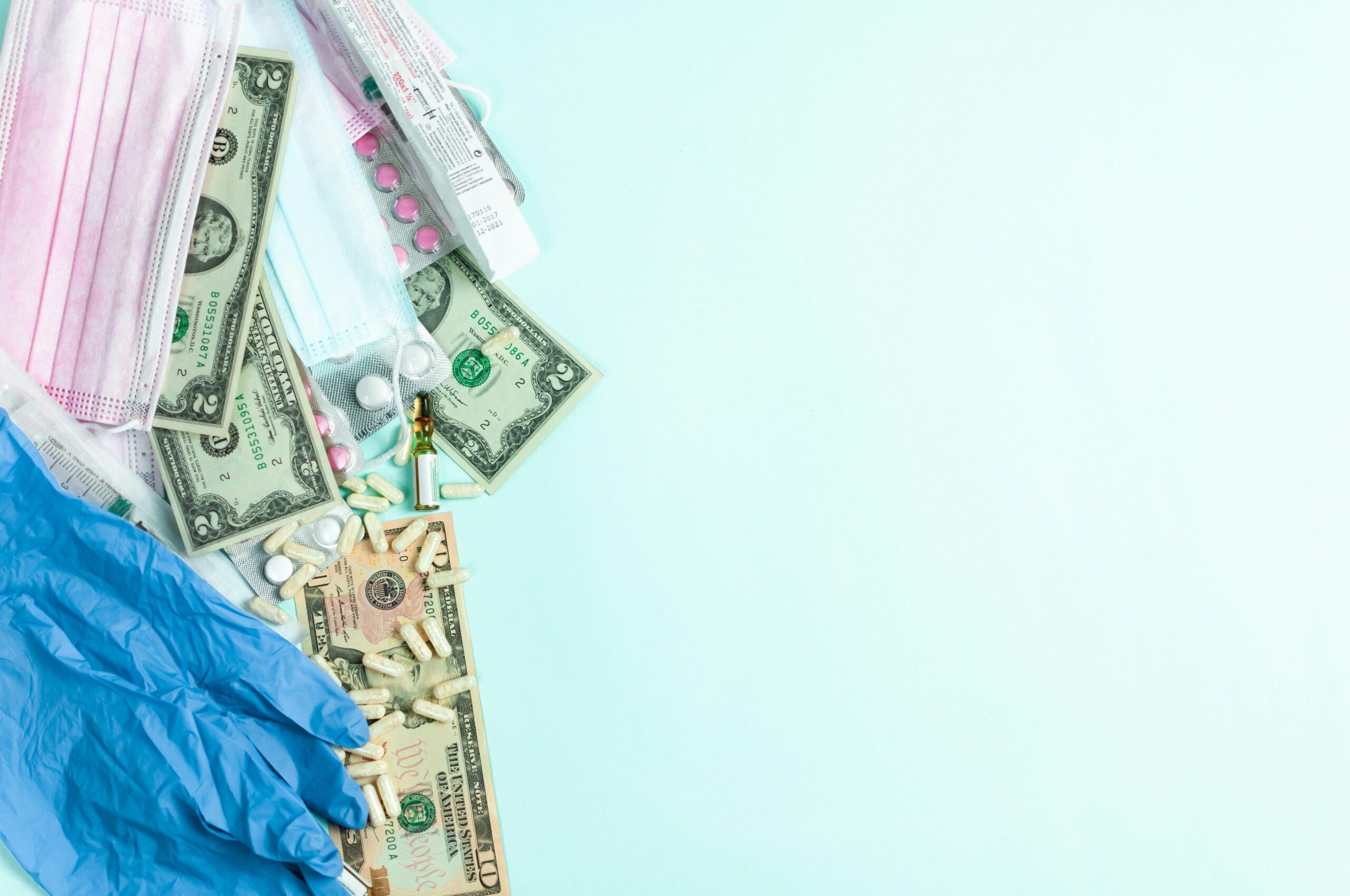Discover the latest biotech startup trends and life sciences funding news—where bold science meets smarter investing.
If you thought the world of biotech was all lab coats and pipettes, think again. Behind every CRISPR-cut gene and cell therapy breakthrough is a fierce boardroom battle to woo investors, stretch runway cash, and maybe—just maybe—change the world. Welcome to the pulsating ecosystem of biotech startup trends and life sciences funding news, where the only thing multiplying faster than stem cells is the number of buzzwords in a pitch deck.
The Surge of the SciPreneurs
In the last five years, the biotech startup scene has gone from nerdy niche to unicorn central. Why? Because innovation is no longer confined to ivory towers. PhD students are swapping postdocs for pitch decks, and scientists are trading pipettes for pitch-perfect storytelling.
Take Mammoth Biosciences, co-founded by CRISPR co-inventor Jennifer Doudna. They’re using CRISPR not just for gene editing but for diagnostics. That’s right—genetic scissors now double as disease detectors. Investors, understandably, went wild. In 2022, they raised over $150 million.
This isn’t an isolated trend. From neurotech wearables like Neuralink to AI-drug discovery firms like Recursion Pharmaceuticals, biotech startups are bridging lab science with Silicon Valley swagger.
Funding: From Dry Spells to Firehoses
Now, let’s talk money. Or more precisely, life sciences funding news that’s either making headlines—or making startups sweat.
Then: Easy Money, Sky-High Valuations
2021 was biotech’s gold rush. Thanks to pandemic urgency and low interest rates, VCs were tossing term sheets like candy at Halloween. Biotech IPOs flourished. Companies like 23andMe rode the SPAC wave to Wall Street with unproven revenue models and a dash of genetic charm.
Now: Cautious Optimism, Smarter Dollars
Fast forward to 2024 and the vibe has shifted. Interest rates are up, public markets are cautious, and valuations? Let’s just say they’ve been on a cleanse. Funding rounds are smaller, and investors are asking annoying—but necessary—questions like “Where’s the clinical data?” and “Is there a revenue model?”
Case in point: Sana Biotechnology, which went public with a nearly $6 billion valuation in 2021, saw its stock tumble when trials lagged. The message is clear—good science is vital, but good timing and business sense are now equally critical.
Hot Areas: Where the Money Is Pouring In
Even in a tight funding climate, some biotech sectors are hotter than a PCR machine in overdrive.
1. Cell & Gene Therapies
We’re not just treating symptoms anymore—we’re fixing DNA itself. Companies like Bluebird Bio and CRISPR Therapeutics are drawing hefty investments for their work on one-time cures for diseases like sickle cell anemia. And real products are already in market—Zynteglo, a gene therapy, has a price tag north of $2 million. Investors? Intrigued.
2. Synthetic Biology
Engineering bacteria to produce meatless burgers? That’s not science fiction. It’s Ginkgo Bioworks, which raised over $400 million to reprogram cells for everything from fragrances to vaccines. If you’ve sprayed Febreze’s biosourced lavender or eaten an Impossible Burger, you’ve tasted synthetic biology in action.
3. AI-Driven Drug Discovery
The phrase “machine learning” is biotech’s new favorite pickup line. Startups like Insitro, backed by AI pioneer Daphne Koller, combine massive biological datasets with predictive algorithms to slash years off drug development. With partnerships from pharma giants like Gilead, they’re proving that code can indeed cure.
The Rise of Incubators and Biotech Builders
Where do these startups even begin? Enter: biotech incubators, the WeWorks of wet labs.
Programs like IndieBio, Flagship Pioneering, and JLABS by Johnson & Johnson are cradling early-stage biotech babies with lab space, mentorship, and—of course—cash. Flagship, for instance, incubated Moderna before mRNA became the Beyoncé of biotech. Now everyone wants in.
IndieBio’s portfolio includes NotCo, which uses AI to replicate animal products from plants, and Prellis Biologics, working on printing human organs.
Yes, literal organ printers. 3D bioprinting is real—and investable.
Contrast: The Valley of Hype vs. the Mountaintop of Impact
Hype Valley: Where Buzzwords Roam
There’s a dark side to the frenzy. Startups sometimes overpromise and underdeliver. “Platform company” is often code for “we haven’t picked a real product yet.” And flashy tech doesn’t replace basic biology. Investors have learned the hard way after several overfunded flops.
Remember Theranos? Still haunts pitch meetings.
Impact Mountaintop: Where Breakthroughs Are Born
But when biotech gets it right? The results are breathtaking. Life-saving CAR-T therapies, pandemic-beating vaccines, and early cancer detection—all once impossible, now commercially available. Graziella Healthcare just launched a blood test that detects 50 types of cancer at Stage 1.
That’s a revolution.
Predictions & Pep Talks
The next wave of biotech startup trends will likely lean into personalized medicine, microbiome modulation, and digital therapeutics. Imagine gut bacteria tweaks to treat depression or apps that prescribe based on your genome.
Additionally, climate biotech is booming. Startups like Pivot Bio are replacing synthetic fertilizers with microbe-powered alternatives, winning both grants and green investors.
Governments are pitching in too. The UK’s Life Sciences Vision fund, India’s Biotech Ignition Grant, and the US’s ARPA-H are pumping billions into early-stage science.
The Verdict: The New Rock and Roll With Lab Coats
Yes, the biotech journey is bumpy. Some ideas fizzle, others soar. But when you mix brilliant science with bold entrepreneurship and a healthy dose of investor realism, magic can happen. So whether you’re an investor, a founder, or just someone impressed by a $2 million therapy, keep your eye on biotech.
It’s not just the future of healthcare. It’s the future, period.

